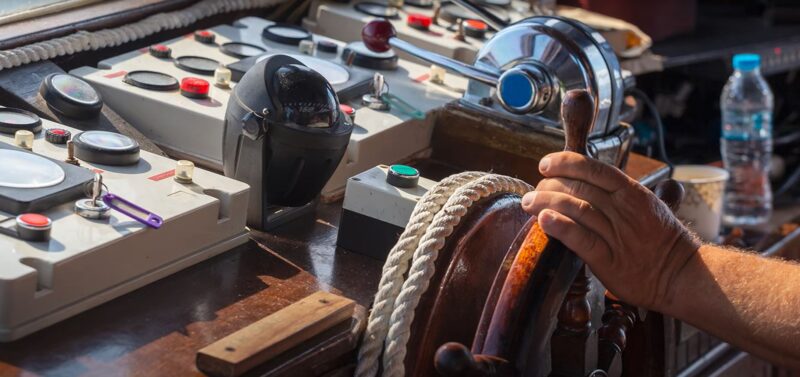Even with countless electronics and technological breakthroughs, some pieces of boat equipment have stood the test of time and still find their uses in modern sailing. A compass is one of them, and it takes its rightful place as one of the simplest and most reliable devices. Today we will talk about its uses, features, and where should a boat compass be mounted.
It is a tool that is an absolute must, even if you own other instruments that can help with your navigation. To get the most out of it, you must ensure that you have mounted it right and that you are using it correctly. This article will walk you through various subjects related to a boat compass, how to use it and mount it, how to get the best accuracy out of it, and many more. So, let us start.
What Is a Boat Compass?
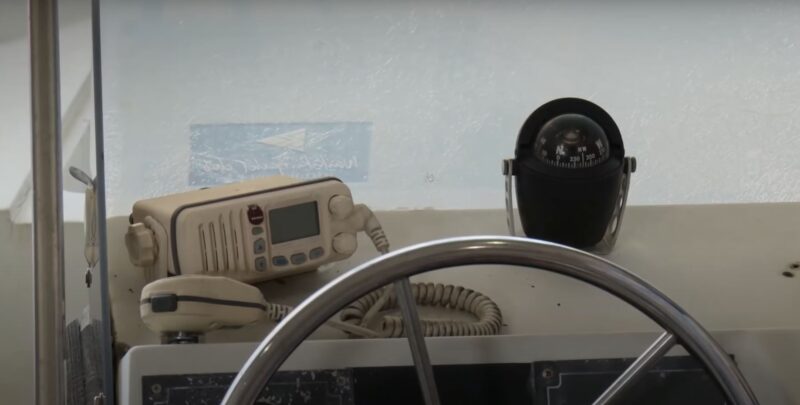
A boat compass is one of the essential tools for sailing navigation. Alongside a fire extinguisher, it is one of the essential things to have on your boat. Its main purpose is to help sailors get to their intended destination and pinpoint their current location. A compass is a must-have tool, especially if sailors and boat operators are disoriented, or the visibility is on a very low level. There are three different types of boat compasses:
1. Fluxgate Compass
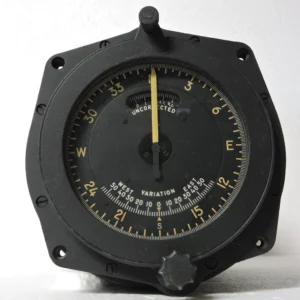
A fluxgate magnetometer works pretty much the same as any other compass. Instead of spinning the needle, the main difference is that it is used to measure the earth’s magnetic fields.
2. GPS Compass
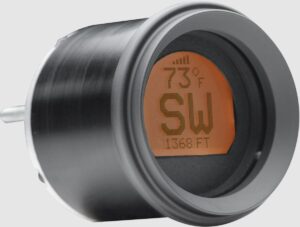
The GPS compass refers to a device that uses data acquired from communications satellites to pinpoint your area. It works by calculating your direction and speed on the move. For this device to work, your boat needs to move at a speed of at least 5 km/h.
3. Magnetic Compass
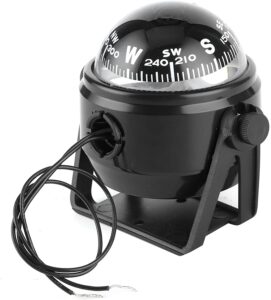
A magnetic compass is the simplest of these three devices and uses a needle to point to the magnetic north. It is the simplest and the safest navigation tool to use when sailing, and it is ever so reliable.
Where Should I Mount My Boat Compass?
Mounting a compass in the right location is the key to getting an accurate reading and avoiding any type of navigation problems. It is also crucial for it to be in your line of sight and visible at all times. There are also other important factors to get the best readings.
First of all, you need to make sure that the compass is mounted away from the iron equipment, electrical wiring, and magnets. These things can bother the compass, radiate on false readings, and make you deviate from the location you are heading to. It is also important to mount the compass away from the phones, radios, and similar electrical devices since they generate a magnetic field which can also cause the compass needle to deviate and give you inaccurate readings.
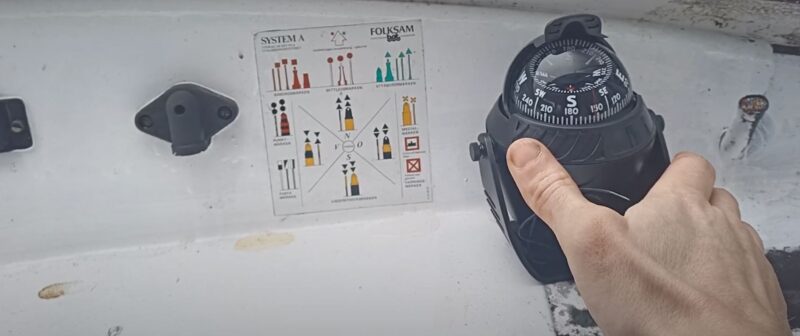
Taking care of the liquid-filled capsule that is built inside the compass is also crucial. Make sure to mount the compass in a location where it is not exposed to extreme cold or extreme heat since these temperatures can be fatal to the capsule.
Mount a compass right in front of the helmsman on board since this mounting solution will ensure easy readings and allow the boat operator to steer the boat and react timely. The location on which you mount the compass on the boat is called the binnacle, and it is a container where the compass and all its components are stored.
The binnacle is traditionally made of wood or some other non-ferrous material to prevent any type of magnetic field interference. This storage unit’s top area is reserved for the compass bowl, and the corrector magnets are stored here.
How to Set Up and Mount the Boat Compass?
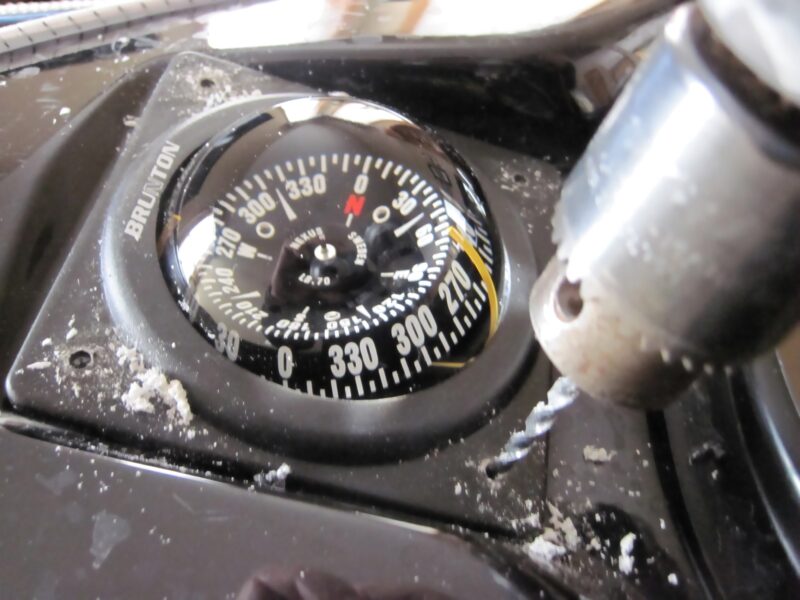
In order to set up and mount your boat compass in the appropriate locations, you should experiment with positions a little bit. Place it on the dash in various areas and ensure that all sources of magnetic and electrical interferences are removed. It is also very important that the compass is placed in a visible location so that the boat operator can see it clearly.
You will require nothing more than a basic screwdriver for the mounting process, and it should be done fairly easily and quickly. After you are done with mounting, take your compass and boat for a spin on the water to ensure that the readings are accurate and that everything functions properly.
What Method to Use When Mounting a Boat Compass?
There is a total of three mounting methods for boat compass. There is bracket mounting, overhead mounting, and flush mounting. Each of these methods is highly effective and will do the job while giving you accurate readings without any interferences.
Bracket Mounting
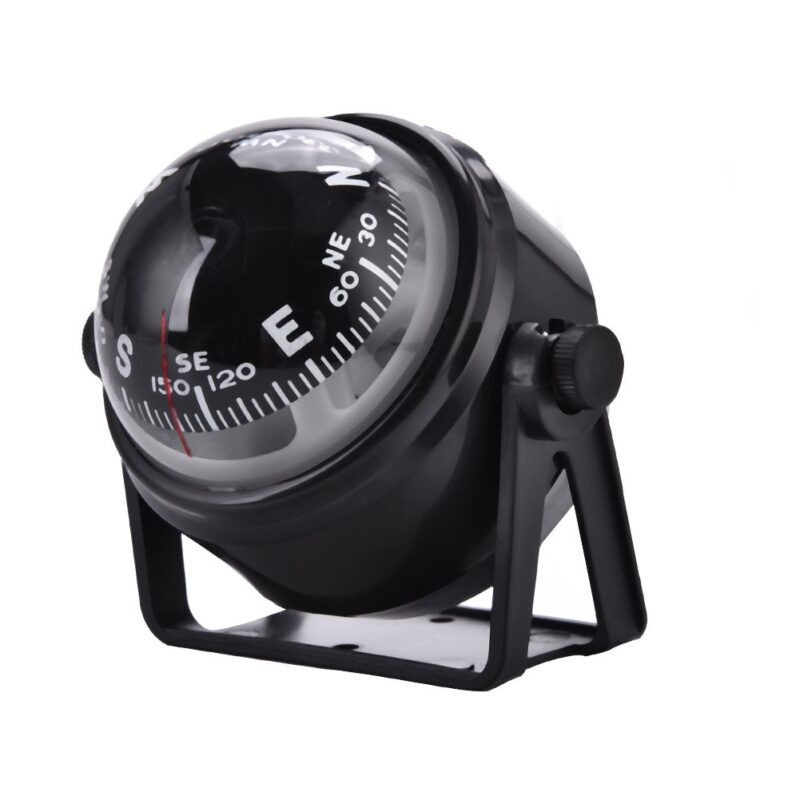
Bracket mounting is a hassle-free type of mounting, and it means that you can place your compass easily and in any area you want. It is the best method to go for when you are mounting the compass by yourself and want to do it without spending much energy and effort.
Overhead Mounting
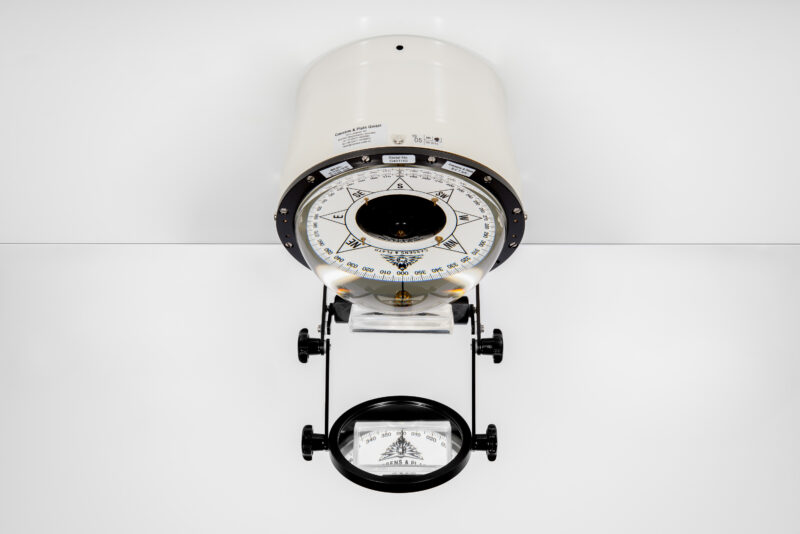
This method places your compass hanging from the upper roof or ceiling and places it at your eye level. It is a great option to go for if you are the operator of a bigger boat with a steering hut.
Flush Mounting
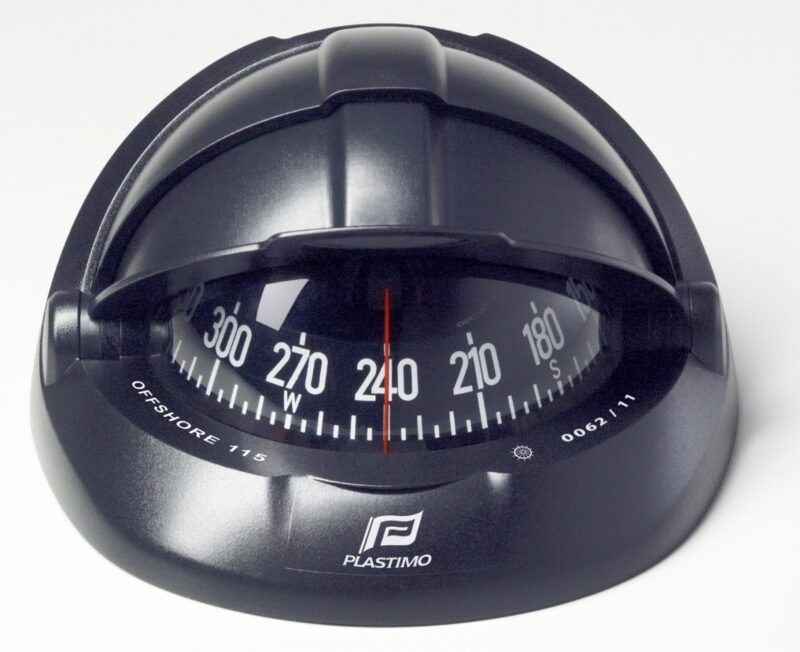
Flush mounting is widely recognized as the best mounting option to go for. It is important to pick the right place to use this method, as you will have to screw it on the dashboard, and once it is done, it will be hard to change and fix the position if something goes wrong.
Additional Pieces of Advice for Picking the Right Spot for Boat Compass
- Place the compass as close as you can to the middle of your boat as it will keep it symmetrical and balanced
- Always test your compass after mounting by traveling to the north. If the compass needle keeps moving when you are not steering, then it is not set up correctly, and you will have to make some adjustments.
- Ensure that you have easy access to the compass. It is best to place it in close proximity to the helm of the boat.
- The compass lubber line should be corresponding or aligned with your boat’s keel.
Final Words
The compass is the most important tool for navigation, and every ship or boat must have it. You need to be able to read it properly, and mounting it in the appropriate position is of the essence since it will give you accurate readings and keep you on the right track.
It is also essential that your compass is properly calibrated, which will make the whole mounting process much more manageable. We hope our article will provide you with sufficient pieces of information and that you will use it to place your compass in the right position. It is also wise to consult with other experienced sailors as it will give you more info about mounting alternatives. Place your compass carefully, and we wish you happy sailing!

